12 Crucial Mistakes You're Making With Sunscreen And How To Fix Them
Sun protection is not just a seasonal concern but a year-round necessity. With the increasing awareness of the harmful effects of ultraviolet (UV) radiation, understanding how to effectively use sunscreen has become crucial. This article explores how to transform common sunscreen slip-ups into strengths, ensuring optimal skin protection. By mastering the art of sun protection, not only can you prevent sunburns and premature aging, but you can also significantly reduce the risk of skin cancer. This comprehensive guide will delve into the science behind sun protection, common mistakes, and how to turn them into effective skincare strategies.
1. Understanding UV Radiation: The Invisible Threat

UV radiation is a form of electromagnetic radiation emitted by the sun. It is categorized into three types: UVA, UVB, and UVC. While UVC is mostly absorbed by the Earth's atmosphere, UVA and UVB reach the surface and affect our skin. UVA rays penetrate deeply, contributing to skin aging and wrinkles, while UVB rays are primarily responsible for sunburn. Both types can lead to skin cancer. Understanding these differences is crucial for choosing the right sunscreen. By knowing how each type of radiation affects the skin, you can better appreciate the need for broad-spectrum protection.
2. Choosing the Right Sunscreen: Beyond SPF
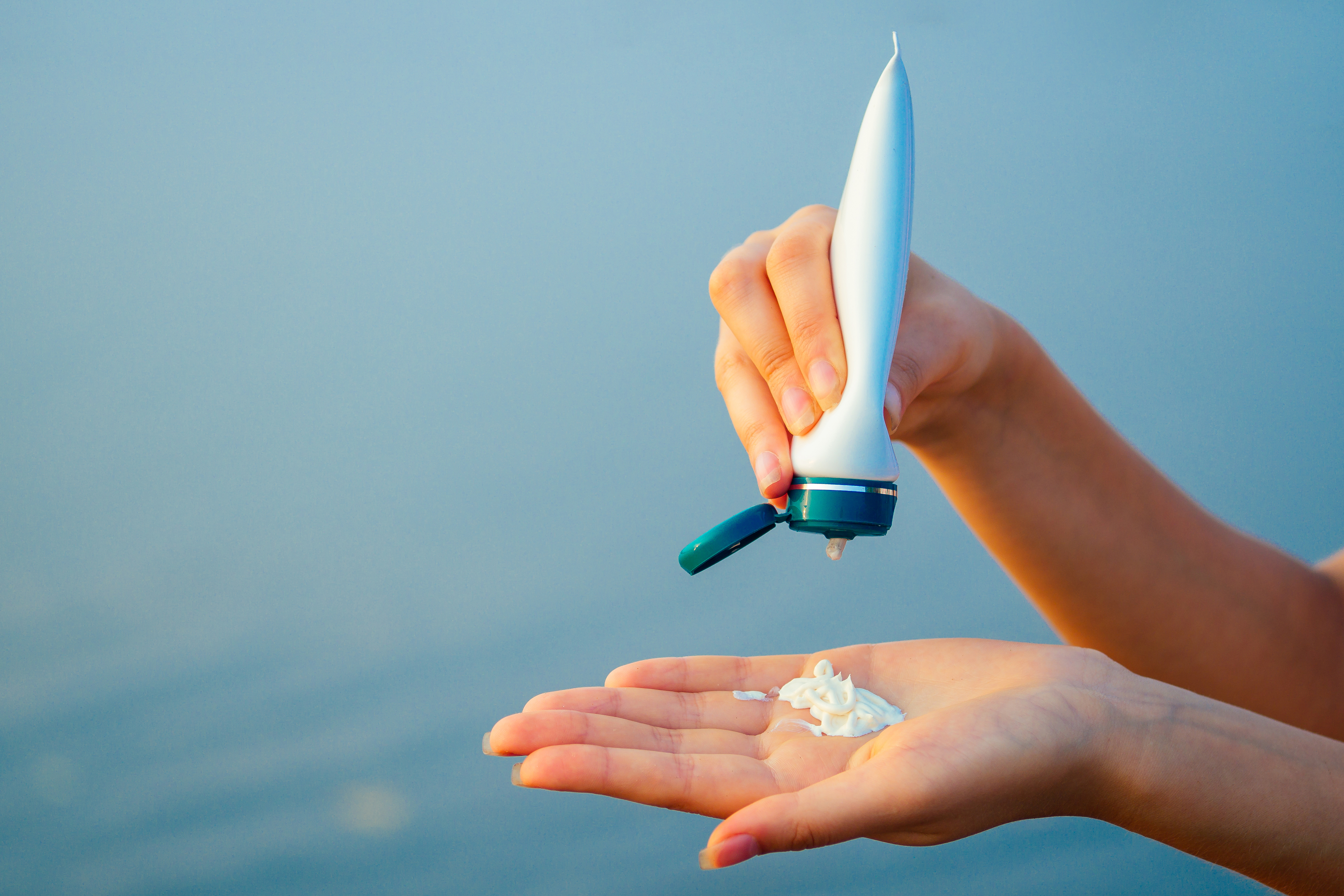
Many people focus solely on the Sun Protection Factor (SPF) when selecting a sunscreen, but there's more to consider. SPF measures protection against UVB rays, but it doesn't account for UVA protection. A broad-spectrum sunscreen is essential for comprehensive protection. Additionally, consider the formulation—whether it’s a cream, lotion, spray, or stick—based on your skin type and activity level. Ingredients like zinc oxide and titanium dioxide provide physical barriers, while avobenzone and octocrylene absorb UV radiation. Understanding these components helps you choose a sunscreen that suits your needs and skin type, ensuring maximum protection.
3. Application Timing: The 15-Minute Rule

Timing is everything when it comes to sunscreen application. Many people apply sunscreen just before sun exposure, not realizing that it takes about 15 minutes for the skin to absorb and activate the protective ingredients. This delay can leave skin vulnerable to UV damage. To maximize protection, apply sunscreen at least 15 minutes before going outside. This allows the active ingredients to form an effective barrier against UV rays. By incorporating this simple habit into your routine, you can significantly enhance your sun protection strategy.
4. Quantity Matters: The Shot Glass Rule

One of the most common sunscreen mistakes is under-application. Dermatologists recommend using about one ounce, or a shot glass full, to cover the entire body. Many people apply only a fraction of this amount, reducing the effectiveness of the sunscreen. To ensure complete protection, be generous with your application. This means using enough product to cover all exposed skin, including often-missed areas like the ears, neck, and tops of feet. By adhering to the shot glass rule, you can prevent sunburn and cumulative skin damage, turning a common slip-up into a skincare strength.
5. Reapplication: The Two-Hour Rule

Sunscreen is not a one-time application. Its effectiveness diminishes over time, especially with exposure to water, sweat, and friction. Experts recommend reapplying every two hours, or immediately after swimming or sweating. This ensures continuous protection throughout the day. Many people neglect this crucial step, leading to unexpected sunburns and increased skin damage. By making reapplication a routine part of your sun protection strategy, you can maintain consistent defense against harmful UV rays, transforming a frequent oversight into a proactive habit.
6. Expiration Dates: Don’t Overlook Them

Sunscreen, like any other skincare product, has a shelf life. Using expired sunscreen can compromise its effectiveness, leaving skin unprotected. Most sunscreens have a shelf life of about three years, but exposure to high temperatures can shorten this period. Always check the expiration date before use, and store sunscreen in a cool, dry place. Discard any product that shows changes in color, consistency, or smell. By staying vigilant about expiration dates, you ensure that your sunscreen is always potent, turning a common oversight into a skincare strength.
7. Comprehensive Coverage: Don't Miss a Spot
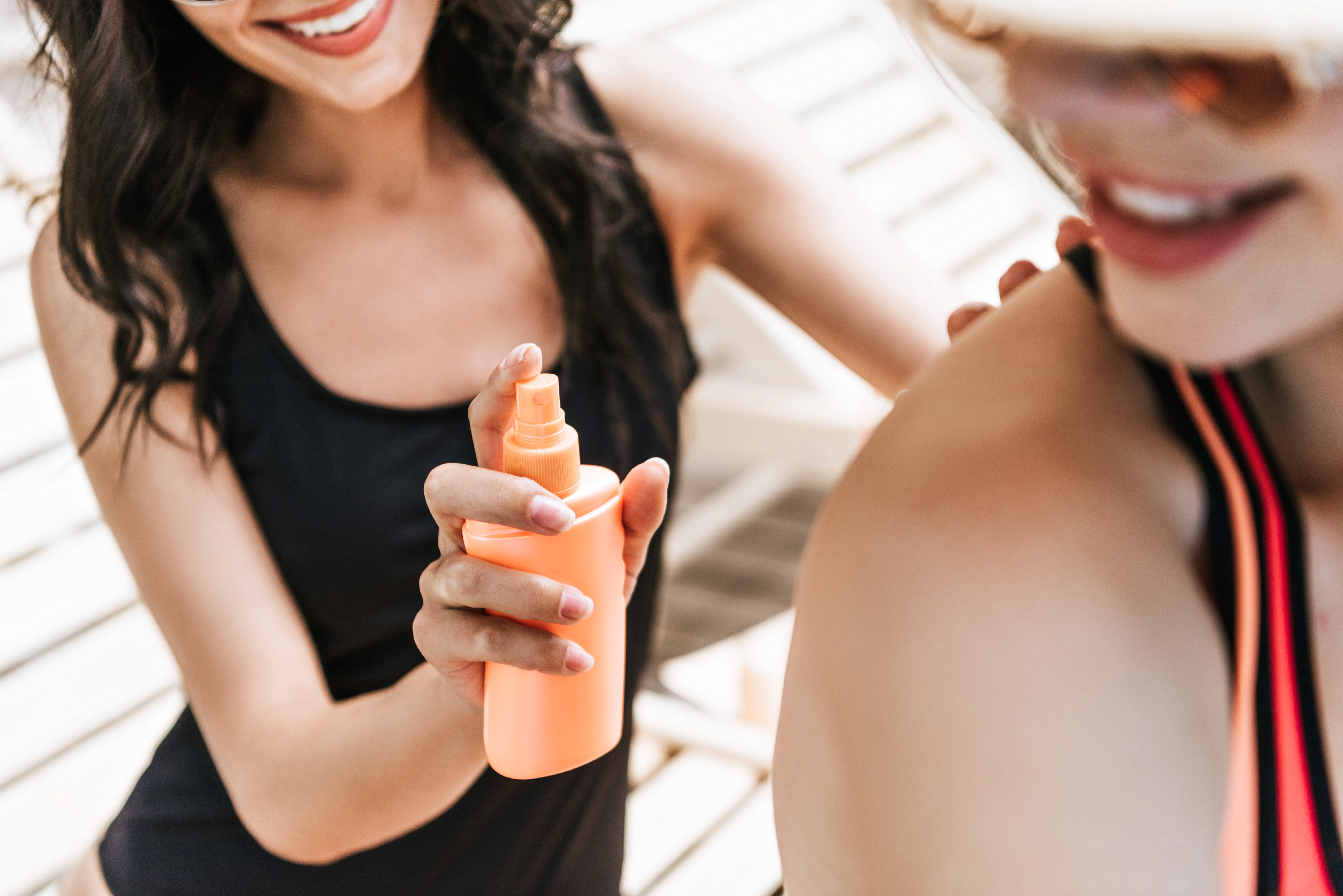
Certain areas of the body are often neglected during sunscreen application, such as the ears, back of the neck, and tops of the feet. These areas are just as susceptible to UV damage and should be included in your sun protection routine. Pay attention to these often-missed spots to ensure comprehensive coverage. By being thorough and methodical in your application, you can prevent localized sunburns and skin damage, transforming a common mistake into a meticulous practice that enhances your overall protection strategy.
8. Incorporating Sunscreen into Daily Skincare
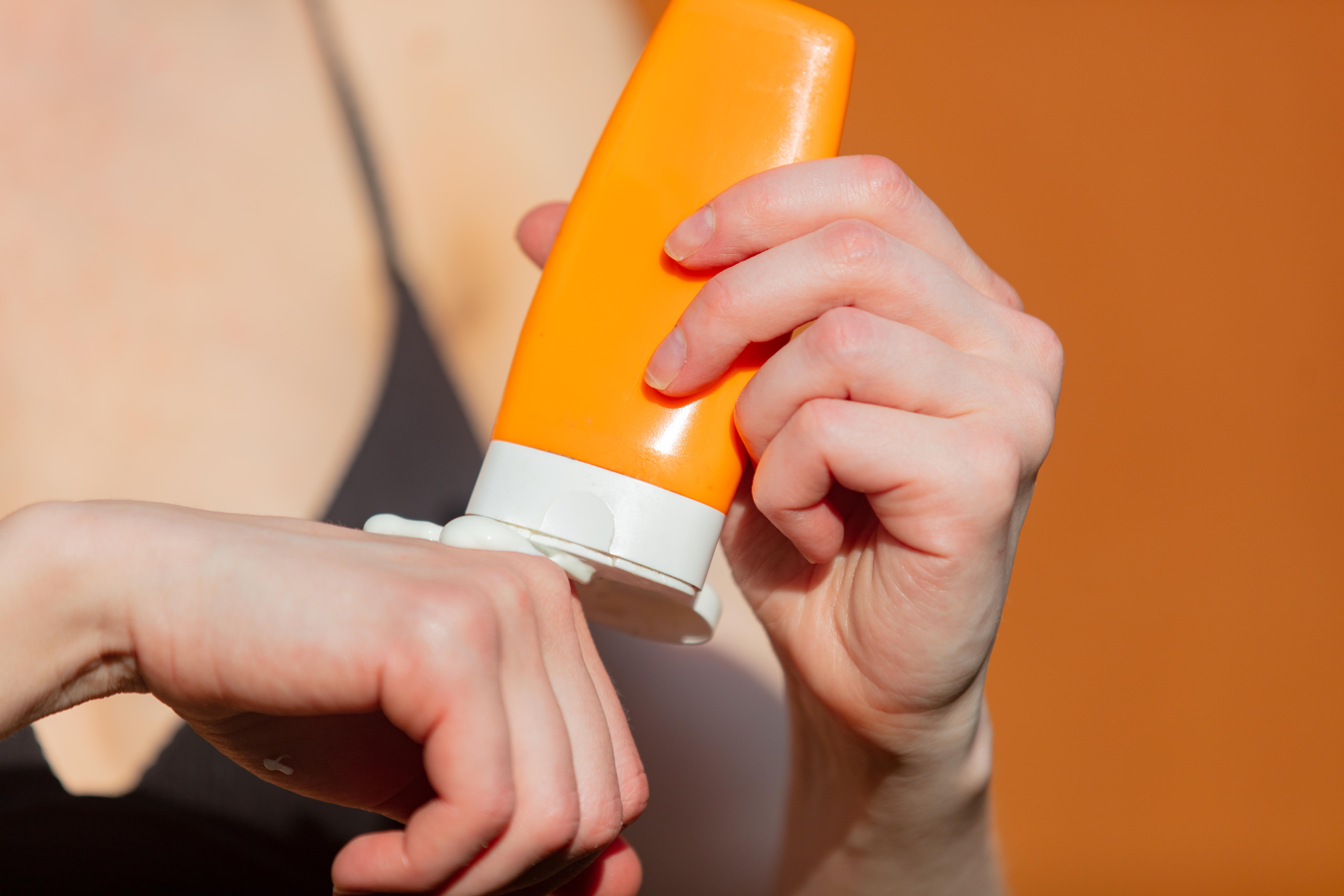
Sunscreen should be a staple in your daily skincare routine, not just an addition for beach days. UV rays can penetrate clouds and windows, making daily protection essential. Incorporate sunscreen into your morning routine by applying it after moisturizer and before makeup. Many moisturizers and foundations now include SPF, offering additional protection. By integrating sunscreen into your daily regimen, you can protect your skin from cumulative UV damage, reducing the risk of premature aging and skin cancer, and turning a common oversight into a daily strength.
9. Sunscreen and Makeup: Achieving a Seamless Blend
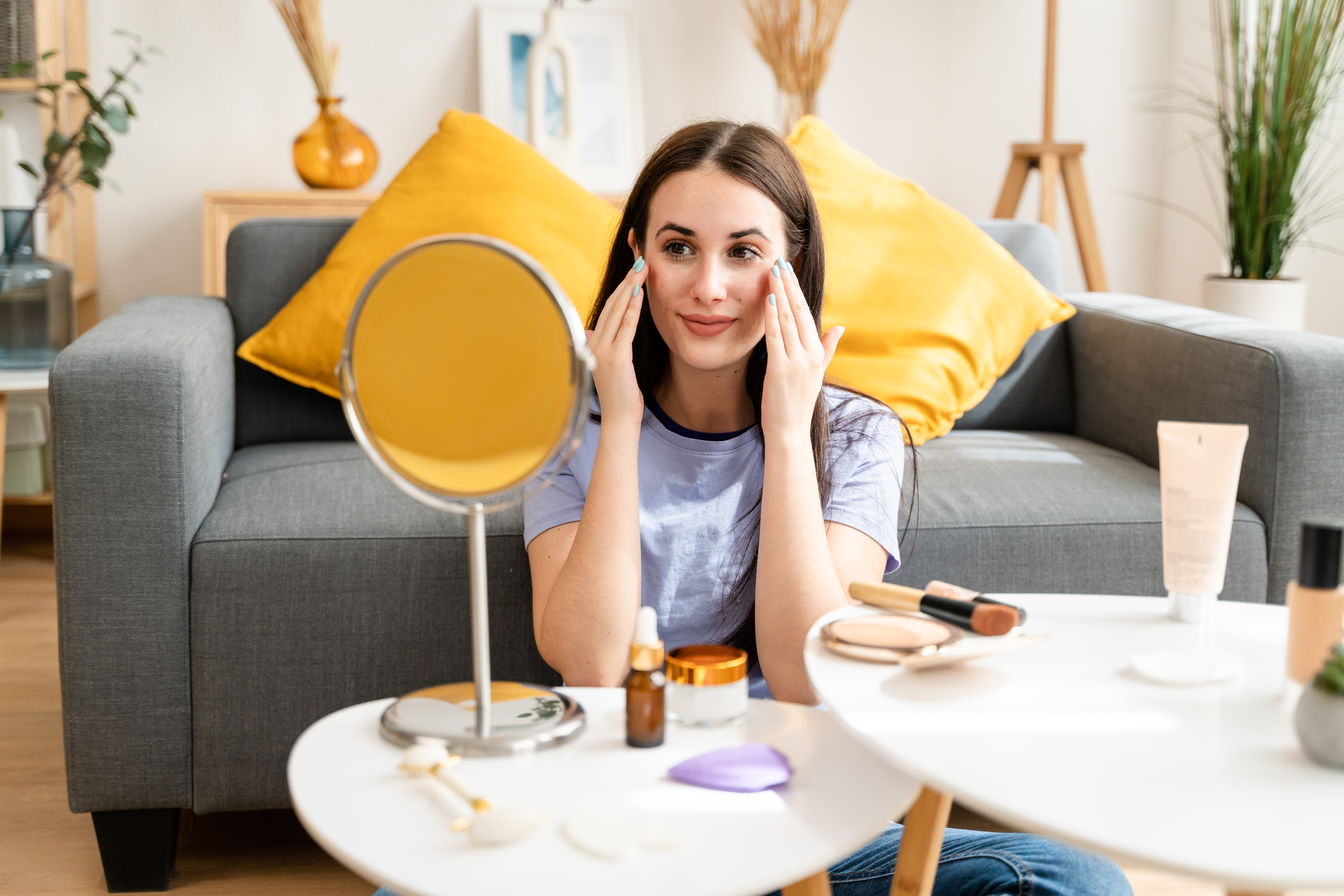
For those who wear makeup, finding a sunscreen that blends well with cosmetics is crucial. Some sunscreens can leave a white cast or greasy residue, affecting the appearance and longevity of makeup. Opt for lightweight, non-comedogenic formulas that absorb quickly and provide a smooth base for makeup application. Consider using a setting spray with SPF for added protection throughout the day. By choosing the right products, you can maintain sun protection without compromising your makeup routine, transforming a potential conflict into a harmonious blend.
10. Sunscreen for All Skin Types: Tailoring Your Approach

Different skin types require different sunscreen formulations. Oily skin may benefit from oil-free, mattifying formulas, while dry skin may need hydrating ingredients like hyaluronic acid. Sensitive skin often requires fragrance-free, hypoallergenic options. By understanding your skin type and selecting appropriate products, you can enhance both comfort and protection. This tailored approach ensures that sunscreen becomes an integral part of your skincare routine, addressing individual needs and turning a common challenge into a personalized strength.
11. Environmental Considerations: Reef-Safe Sunscreens

With growing awareness of environmental impact, choosing reef-safe sunscreens has become important. Ingredients like oxybenzone and octinoxate have been shown to harm coral reefs. Many brands now offer eco-friendly alternatives that protect both your skin and the environment. Look for products labeled as "reef-safe" or "ocean-friendly," and consider mineral-based sunscreens with non-nano zinc oxide or titanium dioxide. By making environmentally conscious choices, you contribute to the preservation of marine ecosystems, turning a common oversight into a responsible strength.
12. Educating Others: Sharing Knowledge and Practices
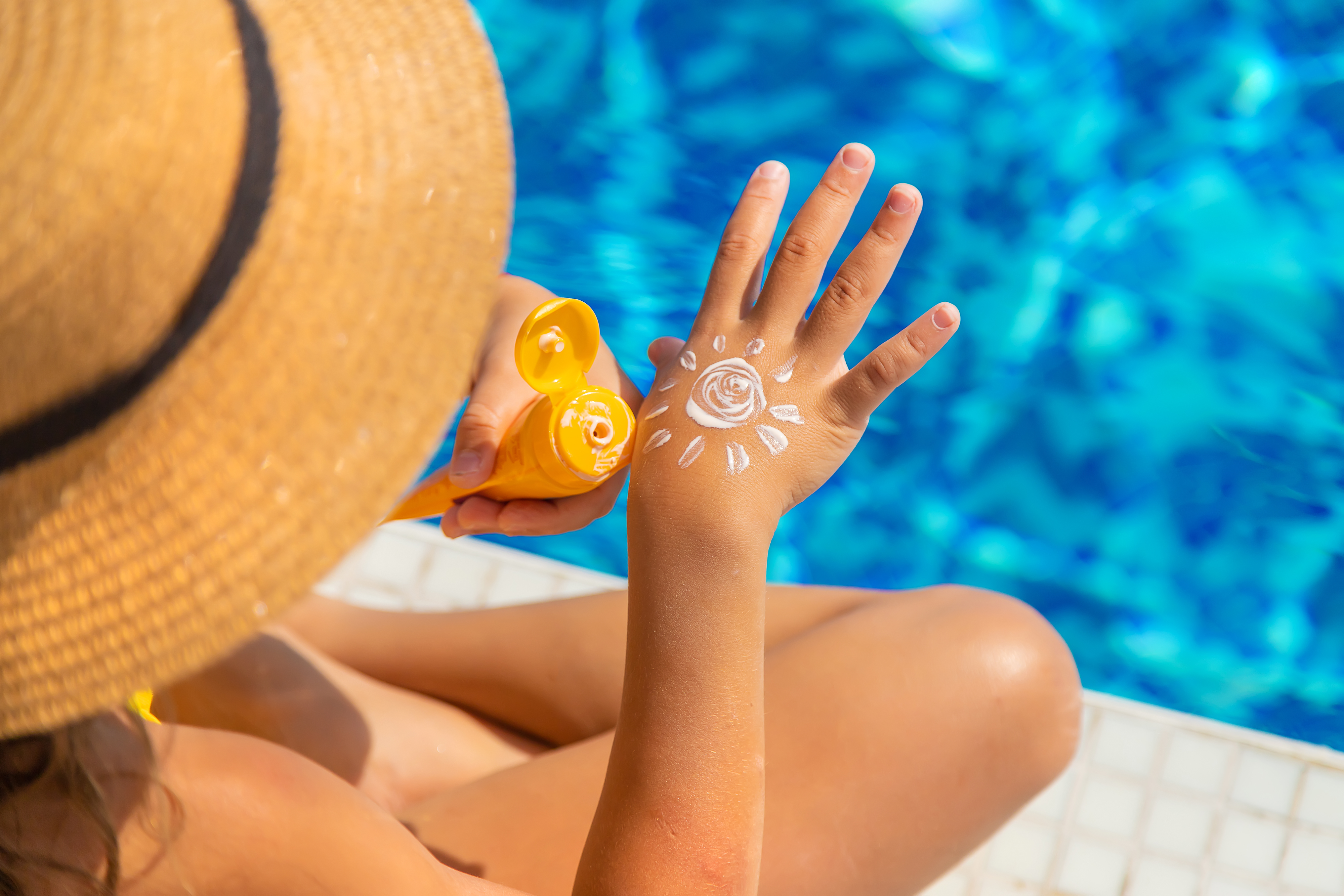
Empowering others with knowledge about effective sun protection is a powerful way to extend its benefits. Share information with friends and family about the importance of sunscreen, application techniques, and common mistakes. Encourage others to adopt good sun protection habits, particularly children and teenagers, who are often less aware of the risks. By fostering a culture of awareness and proactive care, you can help others transform their sunscreen slip-ups into strengths, promoting healthier skin for future generations.
Mastering the art of sun protection is an ongoing journey. By understanding the science behind UV radiation, choosing the right products, and adopting effective application techniques, you can transform common sunscreen slip-ups into strengths. This commitment not only protects your skin from immediate harm but also preserves its health and appearance in the long term. Embrace sun protection as a vital component of your skincare routine, and encourage others to do the same. Together, we can create a culture of sun safety, ensuring healthier skin and a brighter future for all.